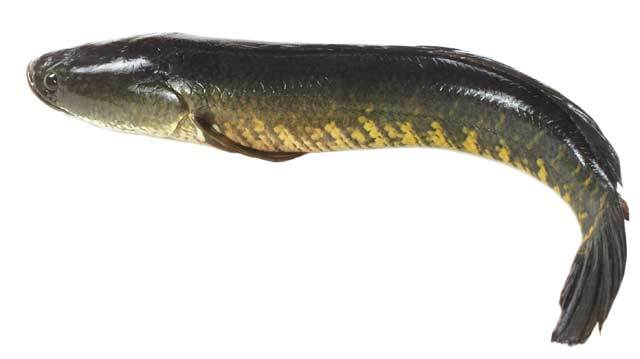Contents:
- Medical Video: Symptoms of Sinus Infection – Top 10 Sinusitis Signs and Indications for this Sinus Problem
- Types of sinusitis infections can vary
- Acute sinusitis
- Subacute sinusitis
- Chronic sinusitis
- What are the risk factors for sinusitis in adults?
- Can sinusitis infection be prevented?
Medical Video: Symptoms of Sinus Infection – Top 10 Sinusitis Signs and Indications for this Sinus Problem
Sinusitis is a condition when an infection or inflammation occurs that attacks the sinuses. Sinus is a small air bag on the back of the face that leads to the nasal cavity with the task of producing mucus for the nose. You are said to have sinusitis when the mucus produced by the nose is too much because of a virus or bacteria. That's why people with sinusitis usually suffer from colds and stuffy nose. But in fact, there are various risk factors for sinusitis that increase your chances of experiencing it.
Types of sinusitis infections can vary
Symptoms of sinusitis are actually similar to common cold symptoms. Starting from the decline in the function of the sense of smell, nasal congestion, headache, fever, fatigue, coughing, and sore throat.
Even so, not all sinusitis experienced by each person is the same. There are several types of sinusitis infections whose symptoms are often difficult to distinguish. Each type of sinusitis is distinguished by the severity of the condition and the duration of symptoms, namely:
Acute sinusitis
Acute sinusitis has the shortest duration among other types of sinusitis infections. When compared with viral infections that cause acute sinusitis which usually lasts for one to two weeks, acute sinusitis caused by bacteria can last up to a period of four weeks.
Subacute sinusitis
Subacute sinusitis is generally triggered by the presence of seasonal bacterial or allergic infections which make it more severe than acute sinusitis. This condition will usually last for approximately three months.
Chronic sinusitis
Chronic sinusitis can be considered as the most severe type of sinusitis because the symptoms can last for more than three months. This condition is not only caused by viruses or bacteria, but can also occur together with an allergic attack or because of a problem in the inside of the nose.
What are the risk factors for sinusitis in adults?
Sinusitis infections can affect anyone indiscriminately. However, there are several risk factors for sinusitis that can increase your chances of experiencing it.
For example, if you have an unusual nose structure. Either because the wall dividing the nasal cavity shifts from the midline (nasal septal deviation), as well as the growth of tissue in the nose (nasal polyps). Exposure to allergies from the environment will also trigger you to experience sinusitis.
Quoted from the Very Well Health page, people with weak immune systems are at risk of developing sinusitis. Includes people with HIV / AIDS, multiple myeloma, blood cancer, or someone who is routinely undergoing chemotherapy treatment or with corticosteroid drugs.
In addition, there are various other medical conditions that are unconsciously associated with risk factors for sinusitis. These include gastroesophageal reflux disease (GERD), asthma, rhinitis, cystic fibrosis, and autoimmune diseases.
Can sinusitis infection be prevented?
As explained earlier, sinusitis usually begins to develop after the body is exposed to allergens, cold, viruses, or bacteria. So, one of the first steps that can be taken to prevent sinus is to live a healthy lifestyle, which can later dispel allergens and infectious bacteria.
Start is to apply a regular diet; meet the nutritional sources needed by the body; and diligently wash hands, both before and after eating, from the toilet, from outside the house, or after holding any object that is felt to contain a lot of germs. Do not forget, limit the body from exposure to cigarette smoke, chemicals, pollen, and other allergens.













